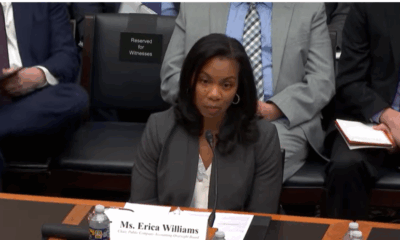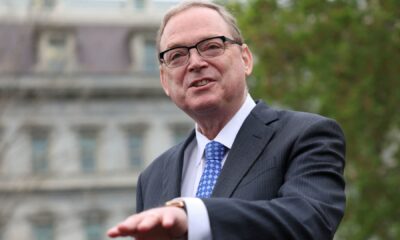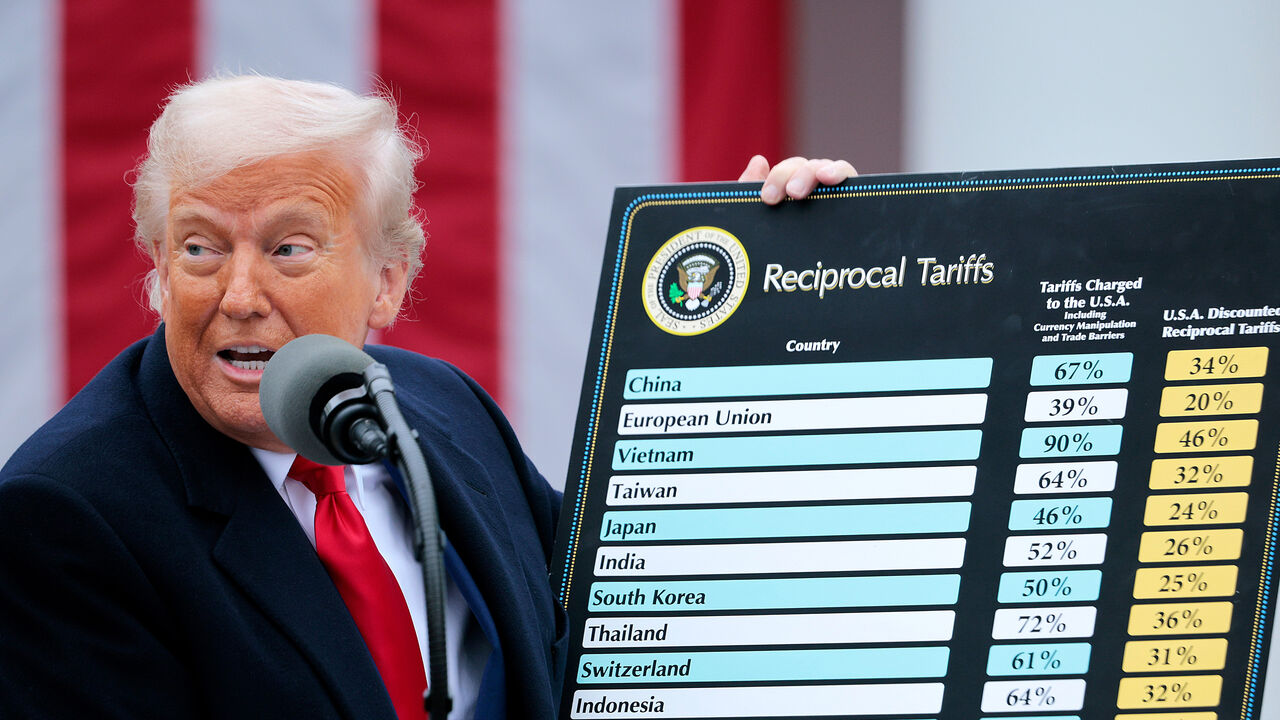Terry Vine | Getty Images
Falling fertility rates are set to spark a transformational demographic shift over the next 25 years, with major implications for the global economy, according to a new study.
By 2050, three-quarters of countries are forecast to fall below the population replacement birth rate of 2.1 babies per female, research published Wednesday in The Lancet medical journal found.
That would leave 49 countries — primarily in low-income regions of sub-Saharan Africa and Asia — responsible for the majority of new births.
“Future trends in fertility rates and livebirths will propagate shifts in global population dynamics, driving changes to international relations and a geopolitical environment, and highlighting new challenges in migration and global aid networks,” the report’s authors wrote in their conclusion.
By 2100, just six countries are expected to have population-replacing birth rates: The African nations of Chad, Niger and Tonga, the Pacific islands of Samoa and Tonga, and central Asia’s Tajikistan.
That shifting demographic landscape will have “profound” social, economic, environmental and geopolitical impacts, the report’s authors said.
In particular, shrinking workforces in advanced economies will require significant political and fiscal intervention, even as advances in technology provide some support.
“As the workforce declines, the total size of the economy will tend to decline even if output per worker stays the same. In the absence of liberal migration policies, these nations will face many challenges,” Dr. Christopher Murray, a lead author of the report and director at the Institute for Health Metrics and Evaluation, told CNBC.
“AI (artificial intelligence) and robotics may diminish the economic impact of declining workforces but some sectors such as housing would continue to be strongly affected,” he added.
Baby boom vs. bust
The report, which was funded by the Bill & Melinda Gates Foundation, did not put a figure on the specific economic impact of the demographic shifts. However, it did highlight a divergence between high-income countries, where birth rates are steadily falling, and low-income countries, where they continue to rise.
From 1950 to 2021, the global total fertility rate (TFR) — or average number of babies born to a woman — more than halved, falling from 4.84 to 2.23, as many countries grew wealthier and women had fewer babies. That trend was exacerbated by societal shifts, such as an increase in female workforce participation, and political measures including China’s one-child policy.
From 2050 to 2100, the total global fertility rate is set to fall further from 1.83 to 1.59. The replacement rate — or number of children a couple would need to have to replace themselves — is 2.1 in most developed countries.
That comes even as the global population is forecast to grow from 8 billion currently to 9.7 billion by 2050, before peaking at around 10.4 billion in the mid-2080s, according to the UN.
Already, many advanced economies have fertility rates well below the replacement rate. By the middle of the century, that category is set to include major economies China and India, with South Korea’s birth rate ranking as the lowest globally at 0.82
Meantime, lower-income countries are expected to see their share of new births almost double from 18% in 2021 to 35% by 2100. By the turn of the century, sub-Saharan Africa will account for half of all new births, according to the report.
Murray said that this could put poorer countries in a “stronger position” to negotiate more ethical and fair migration policies — leverage that could become important as countries grow increasingly exposed to the effects of climate change.

 Accounting1 week ago
Accounting1 week ago
 Personal Finance1 week ago
Personal Finance1 week ago
 Accounting1 week ago
Accounting1 week ago
 Finance1 week ago
Finance1 week ago
 Economics1 week ago
Economics1 week ago
 Personal Finance1 week ago
Personal Finance1 week ago
 Personal Finance1 week ago
Personal Finance1 week ago
 Blog Post1 week ago
Blog Post1 week ago






















